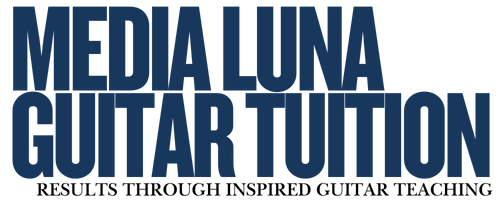AMEB Resources
Since 2019, the Australian Music Examination Board (AMEB) has offered a new type of examination in addition to the traditional comprehensive AMEB exams known to most teachers and students. In the new Repertoire exam, candidates present an exam in a recital format, focusing exclusively on repertoire (pieces). Both exam types have their pros and cons. Read on for a very brief summary of each, and please feel free to shoot through an email with any further questions and we’ll be happy to help.
Repertoire exams
For Repertoire exams only pieces are presented – no technical work, sight reading, aural tests or general knowledge.
Level 1 (Preliminary to Grade 4): 4 pieces
For Level 1, students prepare one piece from each of Lists A, B, and C, plus one Own Choice work.
Level 2 (Grades 5 to 8): 5 pieces
For Level 2, students prepare three pieces from the four lists (A, B, C, D) and two Own Choice works.
Own Choice works can include any piece listed in the syllabus for that grade. They can also include pieces not listed in the syllabus, provided they are of similar length and educational value to those on the syllabus lists.
Repertoire exams may be taken in person at the AMEB offices in Hawthorn or submitted pre-recorded via video.
Comprehensive exams
Preliminary to Grade 2: 3 pieces.
Prepare one piece from each of Lists A, B, and C.
Grade 2 to Grade 4: 5 pieces.
Prepare one piece from each of Lists A, B, and C, plus two Own Choice works.
Note: Only one of the two own choice pieces will be examined on the day.
Grade 4 to 8: 6 pieces.
Prepare four pieces from the lists and two Own Choice works, with the list pieces drawn from three of the four lists (A, B, C, and D).
Note: Only one of the two own choice pieces will be examined on the day.
Own Choice works can include any piece listed in the syllabus for that grade. They can also include pieces not listed in the syllabus, provided they are of similar length and educational value to those on the syllabus lists.
In addition to the pieces, candidates must also prepare Technical Work, Aural Studies, Sight Reading and General Knowledge as set out in the current AMEB manual of syllabuses.
Technical Work
All scales and exercises are to be presented exactly as written in the AMEB Technical Workbook – there is no room for interpretation here. The study of technical work is crucial in the development of both the left and right hands, but is often the most neglected section, with students not sitting exams and playing “just for fun”. The ultimate aim of technical practice is to hone dynamic control, tonal variety and appropriate phrasing – in short, to acquire the control and nuance to play with real musicality.
Sight Reading
Reading written notation is like reading a written language. Fluency will give you the independence to explore and play any style of music. Sight reading should be part of a student’s practice routine, both in and out of lessons. With regular practice students should be able to read through repertoire two grades lower than the level at which they are playing. This holds true for the level of proficiency expected at your exams: for example, a student sitting the Grade 4 practical exam would be expected to comfortably read music at the Grade 2 level.
General Knowledge
The general knowledge section encompasses what one learns throughout the course of guitar lessons in relation to harmony, theory and history of music. The examiner may ask, for example, the nationality of the composer whose music you are playing or perhaps the key of a given piece. It is recommended to concurrently study music theory (AMEB Theory exams are available online), though this does not become compulsory until Grade 6.
Aural Tests
Development of listening skills is an integral part of being a well-rounded musician and impacts on all areas of being a musician. All candidates take the same group of tests. These are carefully graded from basic recognition of rhythm and memory of short phrases to tests demanding well-developed aural perception and discrimination. For any test that requires a sung response, the objective is pitch rather than vocal quality. The examiner will be happy to adapt to the vocal range of the candidate.
Comprehensive exams are only available to be taken in person and not via video submission.
If you have any questions about any aspects of the AMEB exams, don’t hesitate to get in contact. We’d be happy to help!
